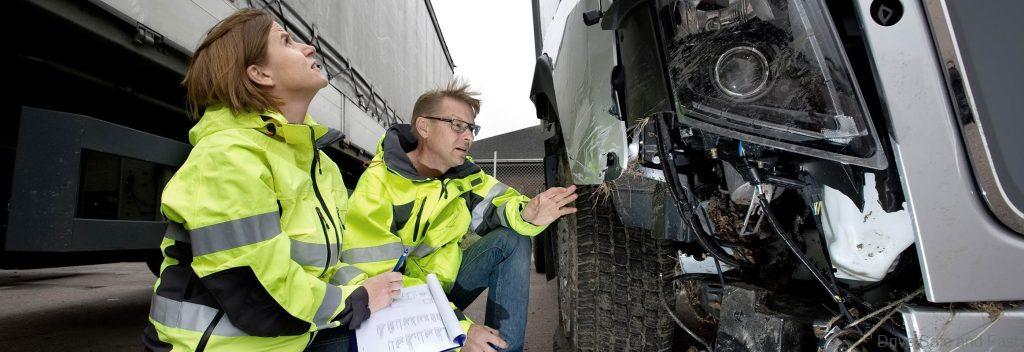Volvo Cars have a reputation for making the safest cars in the world
For over 96 years, Volvo Cars has been a trailblazer in the automotive industry, consistently pushing the boundaries of safety innovations. Synonymous with the commitment to keeping drivers and passengers secure, Volvo Cars introduced ground-breaking features like the three-point safety belt and Blind Spot Information System (BLIS), now standard on modern cars. Most of us are familiar with their many safety-related innovations, but few are aware of just how important safety is to the company. Back in 2007, the company declared a bold vision – by 2020, no one should suffer serious injury or death in a new Volvo Car. With an added focus on a collision-free future, Volvo Cars continues to lead the way with safety innovations that span the past, present, and future.

With the vision then came the execution. Volvo Cars’ approach to safety is unlike any other manufacturer’s. Here are some of the initiatives that enable them to lead in this field.
1. Volvo Safety Research Center: At the heart of Volvo’s commitment to safety is the Volvo Safety Research Center. This state-of-the-art crash lab crashes at least one brand new Volvo every day, allowing safety engineers to recreate diverse traffic scenarios and accidents. The facility conducts tests that go beyond regulatory requirements, ensuring that Volvo Cars remains at the forefront of safety technology.

2. Constant Innovation: Volvo has a rich history of introducing key safety features that have become industry standards. Innovations such as the Blind Spot Information System (BLIS), pilot assist, and curtain airbags have not only enhanced Volvo’s safety reputation but have also been widely adopted by the automotive industry, setting new benchmarks for safety standards. Drive Assistance, including Pilot Assist for Level 2 Autonomous Driving, is now a standard feature in all contemporary Volvo models.

3. Real World Learnings: In 1970, the Volvo Traffic Accident Research Team was formed to create an extensive knowledge bank of research findings. Since then, Volvo has analysed over 43,000 cars from real-life collisions involving over 72,000 occupants. By collecting real-world data to understand collision dynamics, it has been possible to identify what injuries arise in different accidents for men, women, and children.

4. The E.V.A. (Equal Vehicles for All) Initiative: Women are at higher risk of whiplash and chest injuries in a collision due to differences in anatomy and strength. Volvo has equalised protection for women, men and child occupants through custom crash dummies and real-world analysis. The E.V.A. Initiative takes this a step further by making crash data easily accessible through a digital library. This initiative reflects Volvo’s commitment to transparency and sharing vital safety information with the public and other carmakers, just like it did when it waived patent rights to the invention of the three-point safety belt back in 1959.

5. Future Innovation – Driver Understanding System: Looking ahead, Volvo Cars is developing a revolutionary Driver Understanding System. This 2-camera safety technology can detect driver distractions, fatigue, or intoxication. In response, the system will activate protective measures, ensuring safety margins are preserved. This internal safety focus extends to Occupant Sensing, where the car can detect the presence of small children or pets, preventing accidents when locking the vehicle.
To truly experience the cutting-edge safety innovations found in Volvo Cars, Volvo Car Malaysia invites you to the safety driving event on March 2nd and 3rd, 2024.

Register now for a unique opportunity to test and explore the safety features of both Volvo Cars Battery Electric Vehicles (BEVs) and Plug-in Hybrid Electric Vehicles (PHEVs). With a limited capacity of 150 participants, registrations will be on a first-come, first-served basis. Discover first-hand why Volvo’s commitment to safety is paving the way for a future where freedom on the road is truly synonymous with feeling secure.